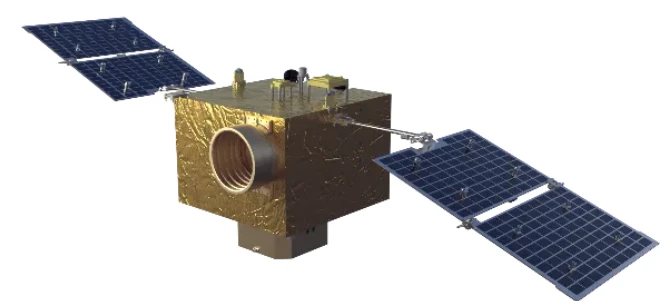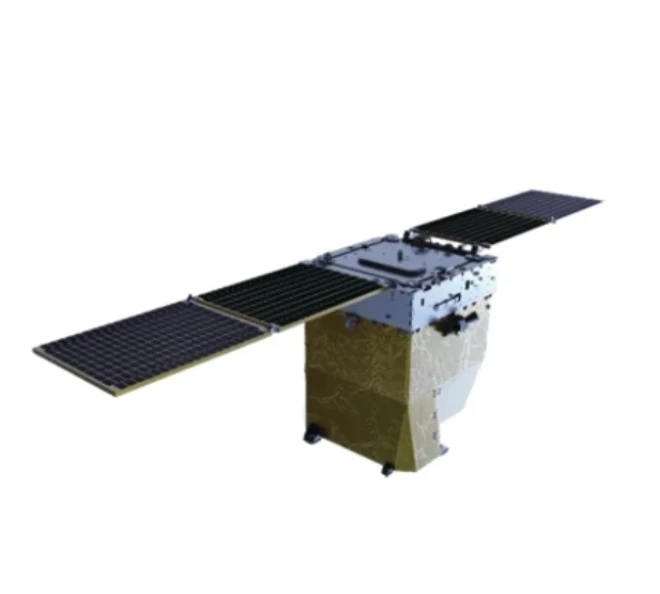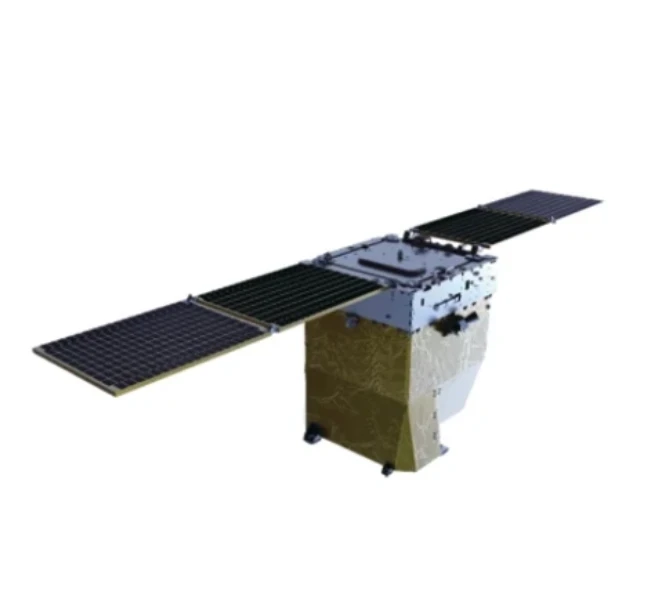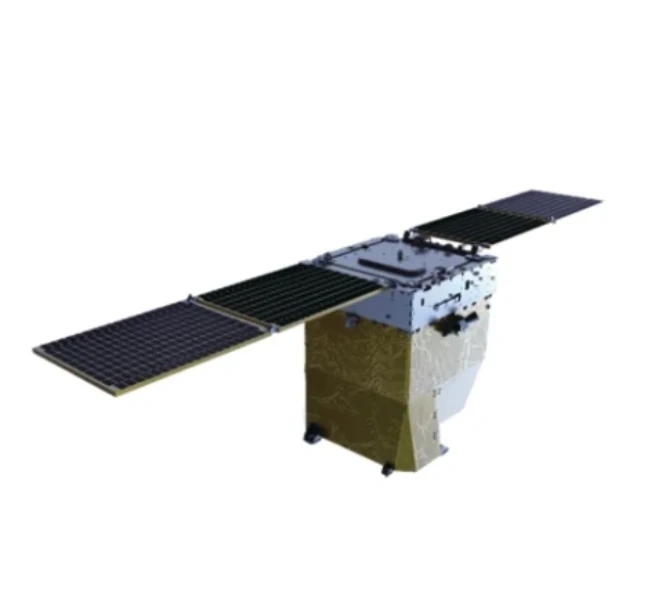
- Afrikaanske
- Albaneesk
- Amhaarsk
- Arabysk
- Armeensk
- Azerbeidzjaansk
- Baskysk
- Wytrussysk
- Bengaalsk
- Bosnysk
- Bulgaarsk
- Katalaansk
- Cebuano
- Sina
- Korsikaansk
- Kroatysk
- Tsjechysk
- Deensk
- Nederlânsk
- Ingelsk
- Esperanto
- Estysk
- Finsk
- Frânsk
- Frysk
- Galyskysk
- Georgysk
- Dútsk
- Gryksk
- Gujaratysk
- Haïtiaansk Kreaolsk
- Hausa
- Hawaïaansk
- Hebrieuwsk
- Nee
- Miao
- Hongaarsk
- Yslânsk
- igbo
- Yndonesysk
- Iersk
- Italiaansk
- Japansk
- Javaansk
- Kannada
- Kazachsk
- Khmer
- Rwandan
- Koreaansk
- Koerdysk
- Kirgizysk
- Arbeid
- Latyn
- Letsk
- Litousk
- Lúksemboarchsk
- Masedoanysk
- Malagasy
- Maleisk
- Malayalam
- Malteesk
- Maori
- Maratysk
- Mongoalsk
- Birma
- Nepaleesk
- Noarsk
- Noarsk
- Oksitaansk
- Pashtu
- Perzysk
- Poalsk
- Portegeesk
- Pûndjaabsk
- Roemeensk
- Russysk
- Samoan
- Skotsk Gaelic
- Servysk
- Ingelsk
- Shona
- Sindysk
- Sinhala
- Slowaaksk
- Sloveensk
- Somalysk
- Spaansk
- Soendaneesk
- Swahily
- Sweedsk
- Tagaloch
- Tajik
- Tamyl
- Tatar
- Telugu
- Taisk
- Turksk
- Turkmeensk
- Oekraynsk
- Urdu
- Uighur
- Uzbek
- Fietnameesk
- Welsh
- Help
- Jiddysk
- Yoruba
- Zulu
Optical Camera: Capturing the Eye of Reality with Visible Light
Optical camera, As a long-standing and widely used image acquisition device, its core function is to capture and record images using light within the visible spectral range. Its exquisite design and constantly evolving technology enable us to preserve the real world in static or dynamic form, and play an irreplaceable role in various fields such as science, art, and news.

The basic principle of optical camera is based on the optical laws in physics
The lens is responsible for gathering and focusing light from objects onto the photosensitive element. Early multispectral cameras used chemical film as a photosensitive medium and recorded images through silver salt photoresponsive reactions. Modern digital cameras use more advanced image sensors, such as CCD (Charge Coupled Device) or CMOS (Complementary Metal Oxide Semiconductor) sensors, to convert optical signals into electrical signals, which are then digitized by analog-to-digital converters. These digitized image data can be stored, processed, and transmitted, greatly expanding the possibilities of image applications.
The advantage of optical cameras lies in their sensitivity to light and accurate reproduction of colors
Visible light is the medium through which the human eye perceives the world, and the Multispectral Camera simulates the way the human eye works, capturing the colors, textures, and brightness changes we see in our daily lives. By adjusting parameters such as aperture, shutter speed, and ISO sensitivity, photographers can control the amount of light entering, creating various visual effects such as changes in depth of field and motion blur. In addition, the resolution and dynamic range of optical sensors are constantly improving, making the captured images clearer and more delicate, with richer details.
Optical cameras also have their limitations
It can only capture information within the visible light range, cannot penetrate opaque objects, and cannot perceive the characteristics of objects in other electromagnetic spectra such as ultraviolet and infrared. In addition, in low light environments, the shooting effect will be seriously affected, and auxiliary lighting such as flash or other light sources is needed.
In summary, Hyperspectral imaging has become an important tool for us to record and understand the world due to its precise capture of visible light. Although other types of image capture devices such as infrared cameras and X-ray cameras have emerged with the advancement of technology, optical cameras still occupy an important position in the field of imaging due to their mature technology, ease of use, and wide range of applications, and will continue to drive the development of human visual perception and information communication. It is not only a tool for recording reality, but also an eye for artists to express creativity and scientists to explore the unknown.
Optical Camera FAQs
What is an Optical Camera?
Answer:
An optical camera is a device that utilizes visible or near-infrared light imaging to capture optical information of a target through a lens and sensor. It is widely used in fields such as photography, remote sensing, monitoring, and scientific research. On satellites or drones, optical cameras are commonly used for Earth observation, environmental monitoring, and military reconnaissance.
What is the working principle of an Optical Camera?
Answer:
The working principle of an optical camera includes the following steps:
- Light collection: Focus the reflected light from the target through the lens.
- Photoelectric conversion: When light reaches an image sensor (such as CCD or CMOS), it converts the light signal into an electrical signal.
- Signal processing: Electrical signals are processed to generate digital images.
- Image output: Store or transmit digital images to display devices.
What does the resolution of an optical camera mean?
Answer:
Resolution refers to the level of detail that a camera can capture, typically expressed in pixels. For example, a 12 megapixel camera has an image composed of 12 million pixels. The higher the resolution, the clearer the image details. In satellite remote sensing, resolution is also divided into spatial resolution (ground pixel size) and spectral resolution (color details).
What are the applications of Optical Camera in satellites?
Answer:
In satellites, Optical Camera is mainly used for the following tasks:
Earth observation: capturing surface images for environmental monitoring, urban planning, agricultural management, and other purposes.
Disaster monitoring: Real time monitoring of the impact range of natural disasters such as floods, earthquakes, and fires.
Military reconnaissance: Obtaining high-resolution images for intelligence gathering and target recognition.
Scientific research: studying natural phenomena such as climate change and glacier melting.
What is the future development trend of Optical Camera?
Answer:
The future development trends of Optical Camera include:
High resolution: Further improve spatial and spectral resolution.
Miniaturization: Develop lighter and more compact cameras suitable for small satellites and drones.
Intelligence: Combining artificial intelligence technology to achieve automatic target recognition and image analysis.
Multispectral/Hyperspectral Imaging: Expand spectral range to capture more environmental information.
Low cost: Reduce manufacturing and usage costs through technological advancements, and promote commercial applications.











